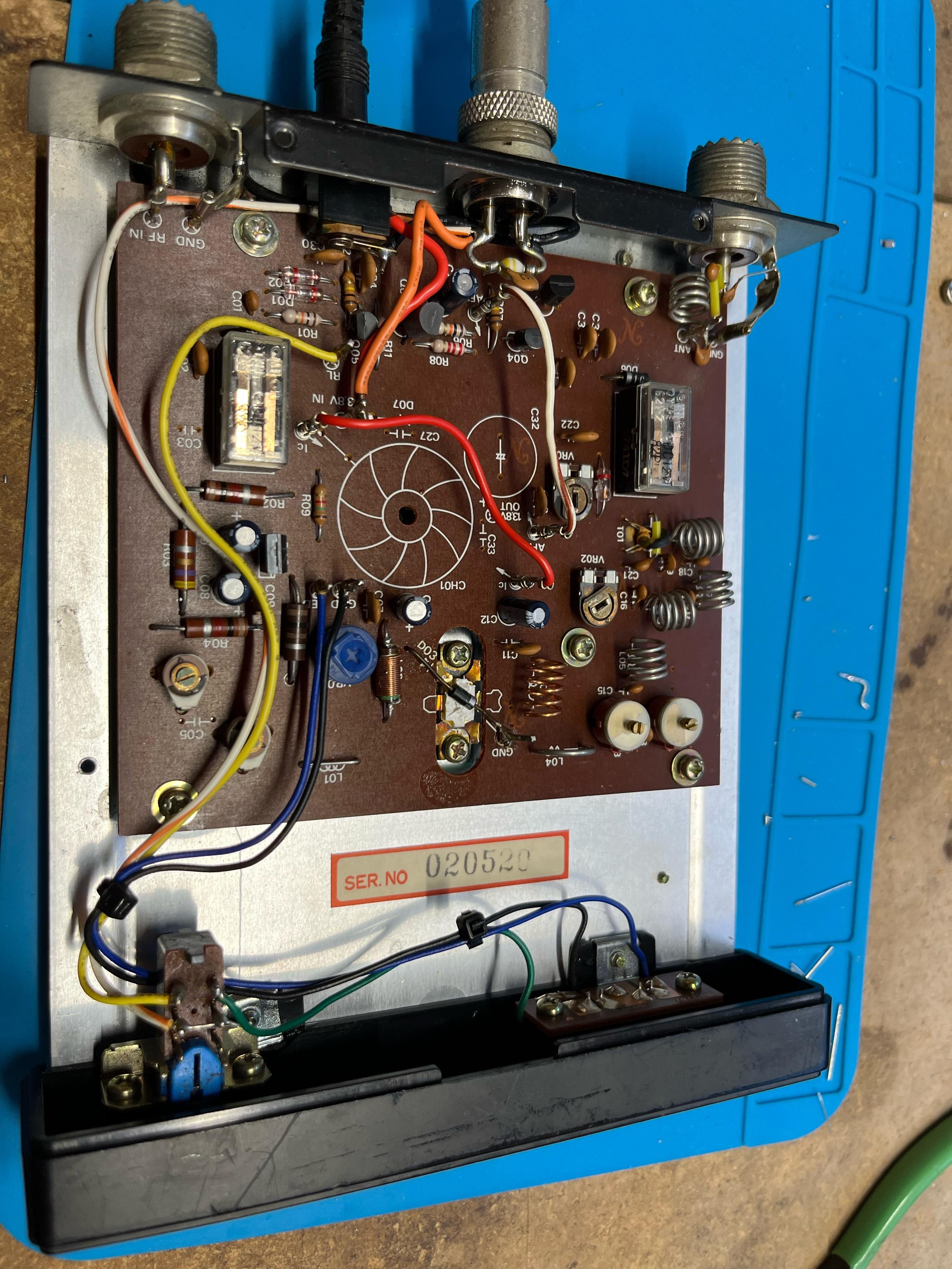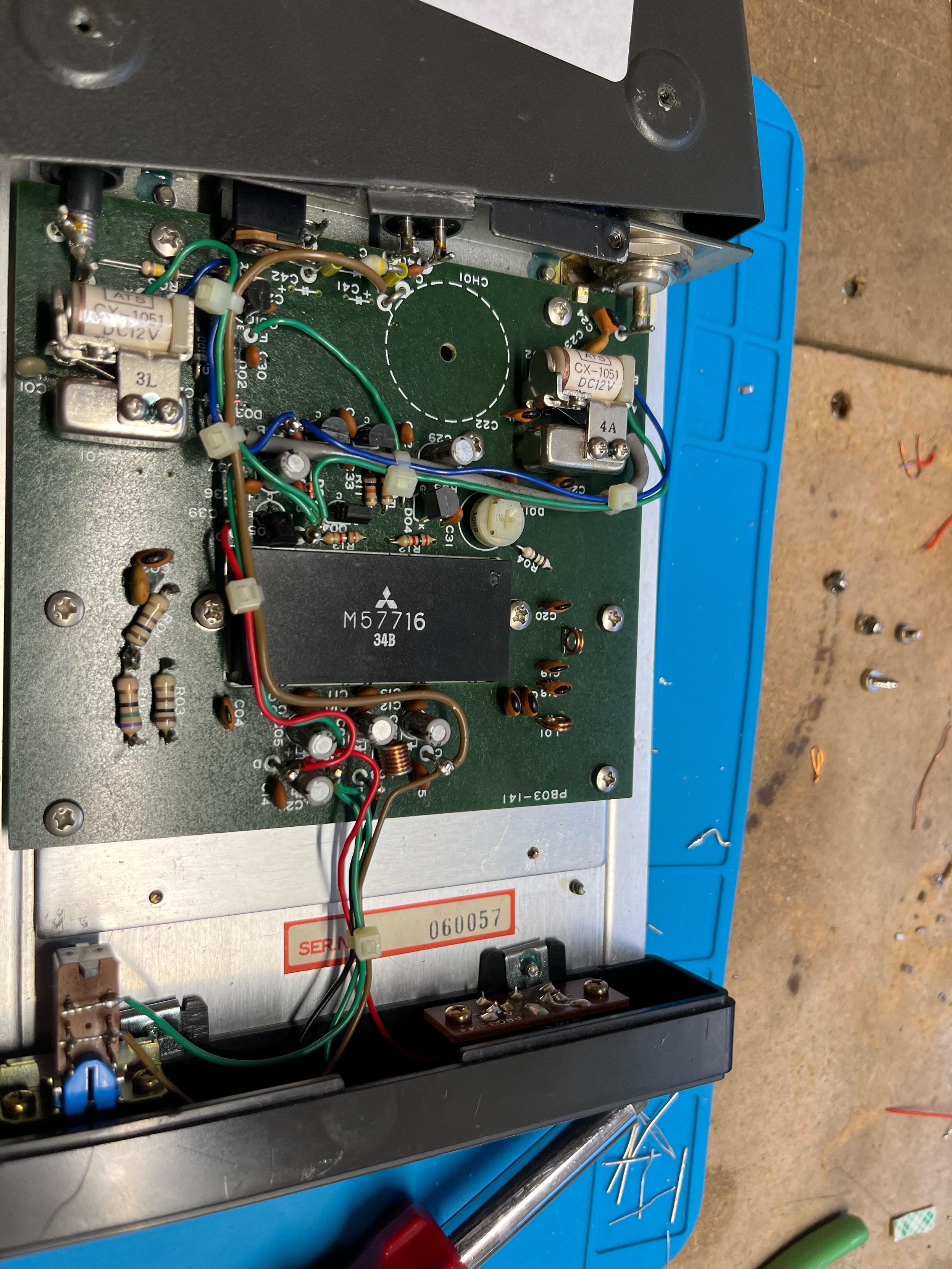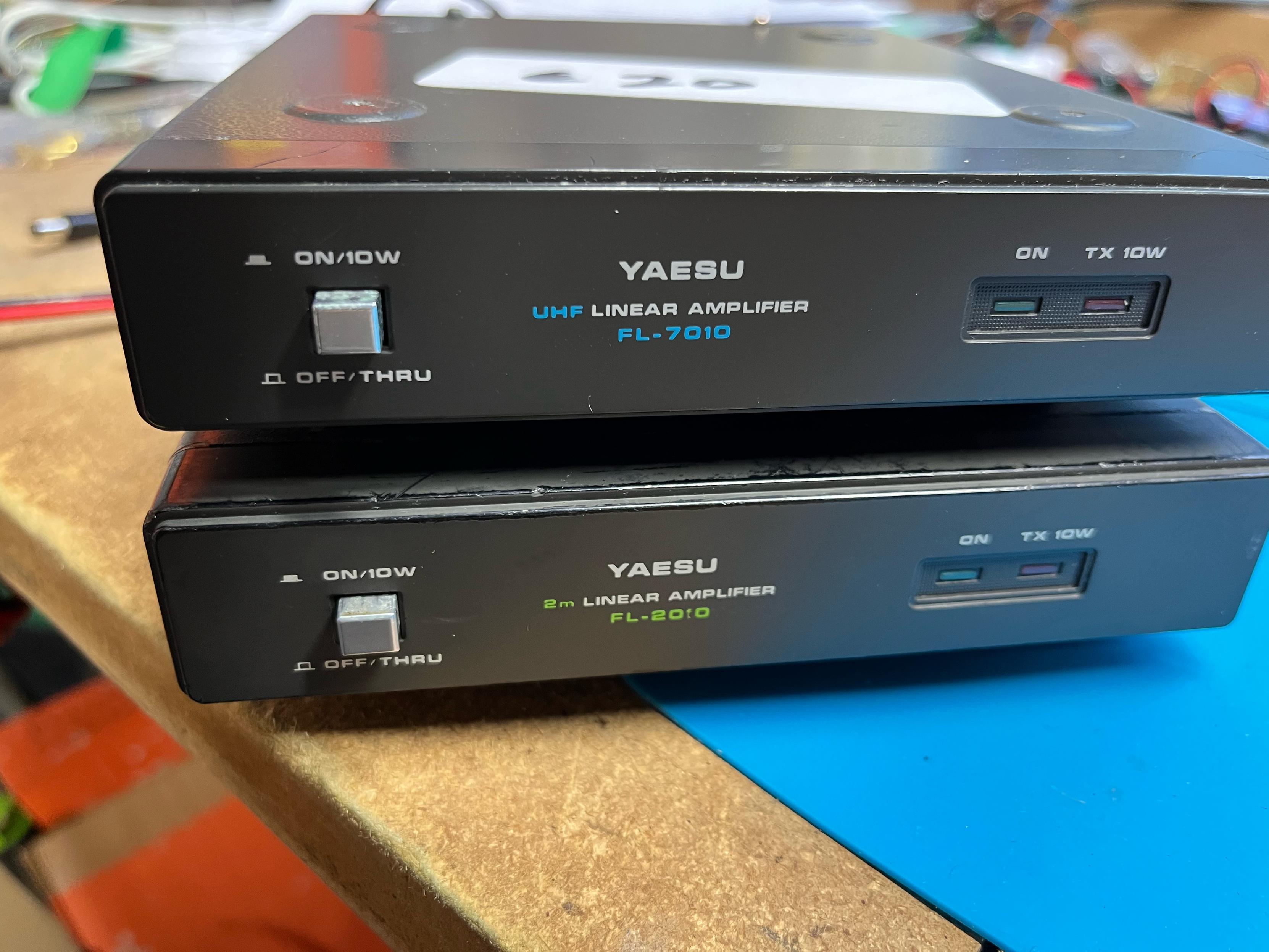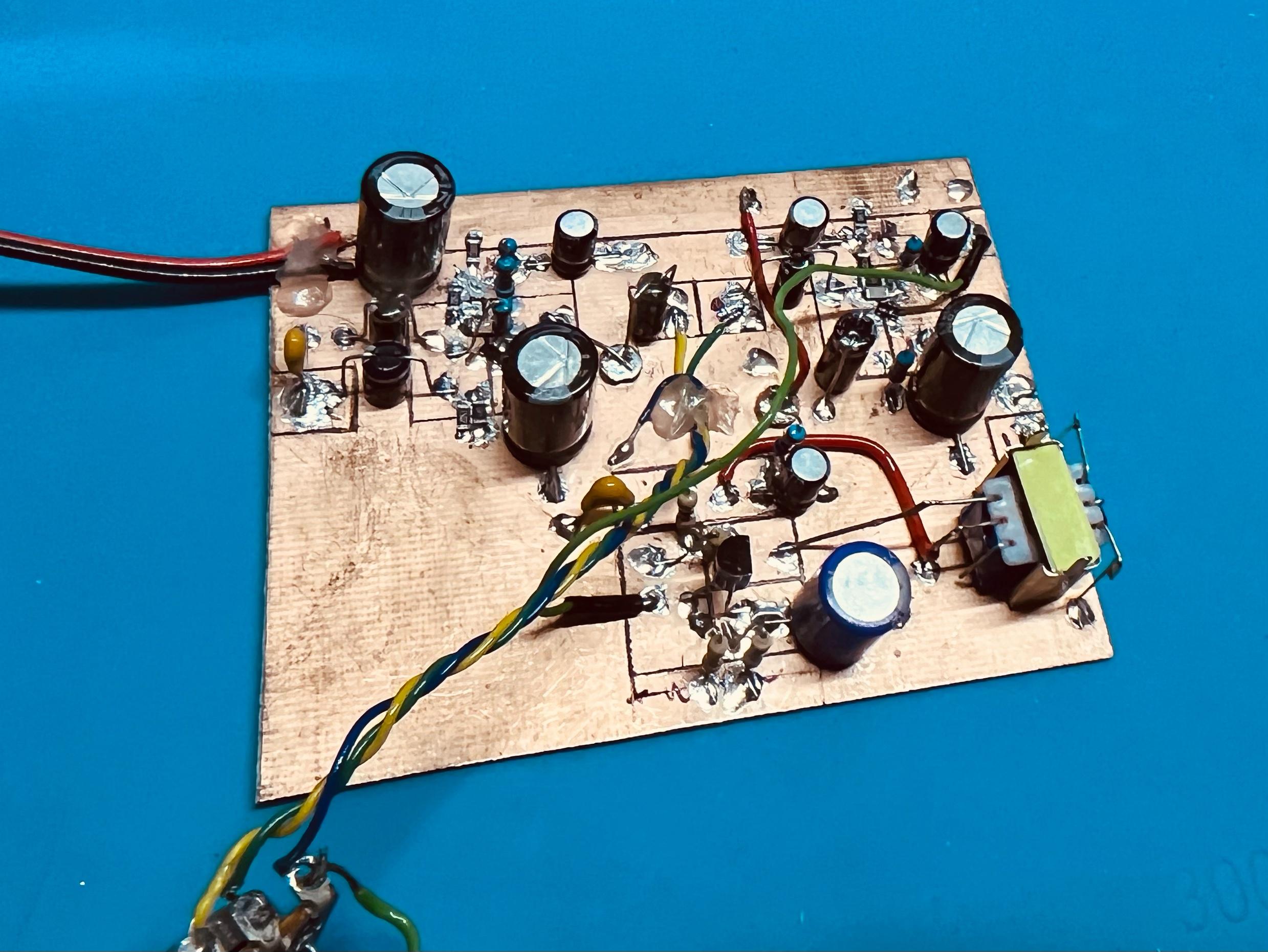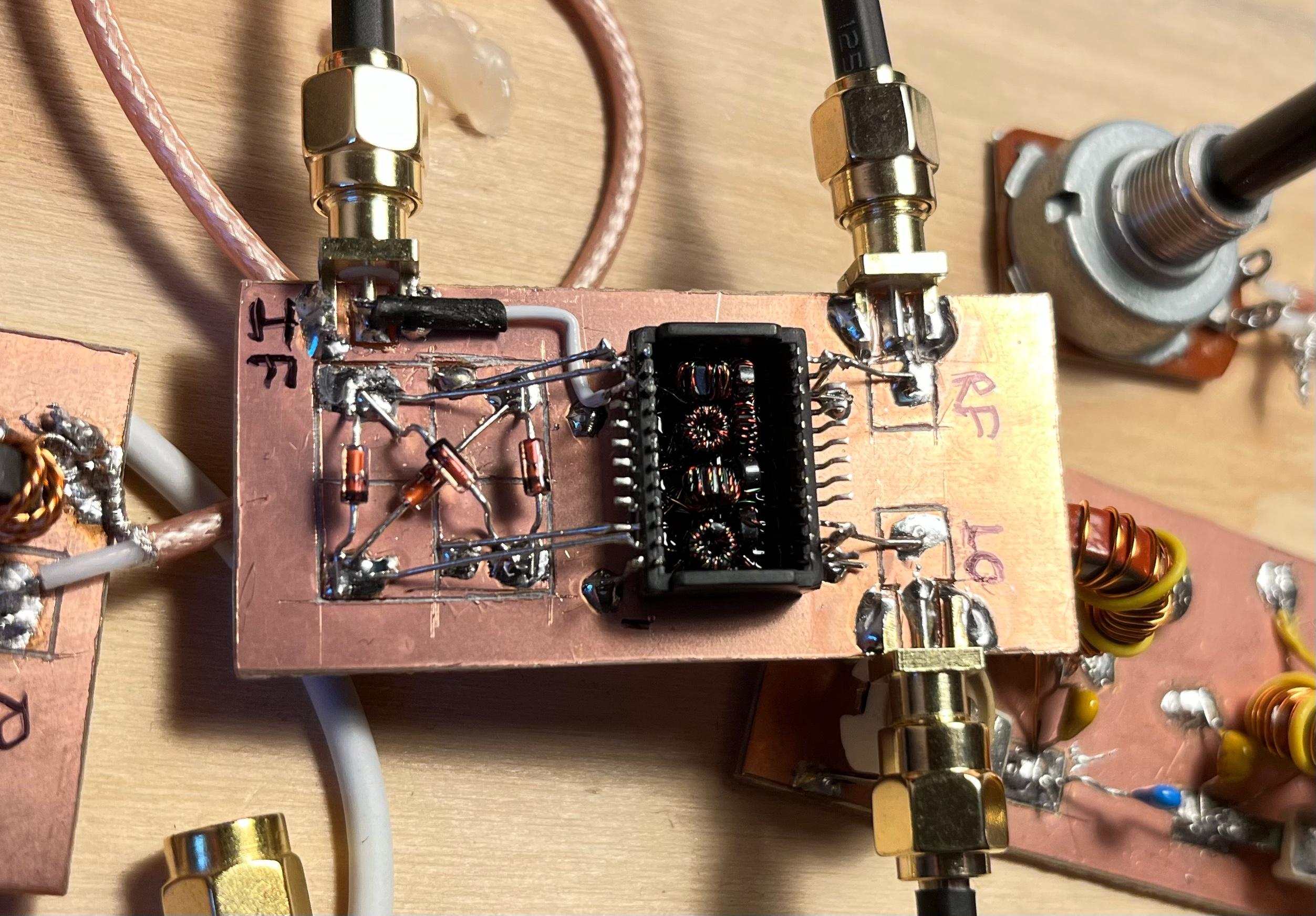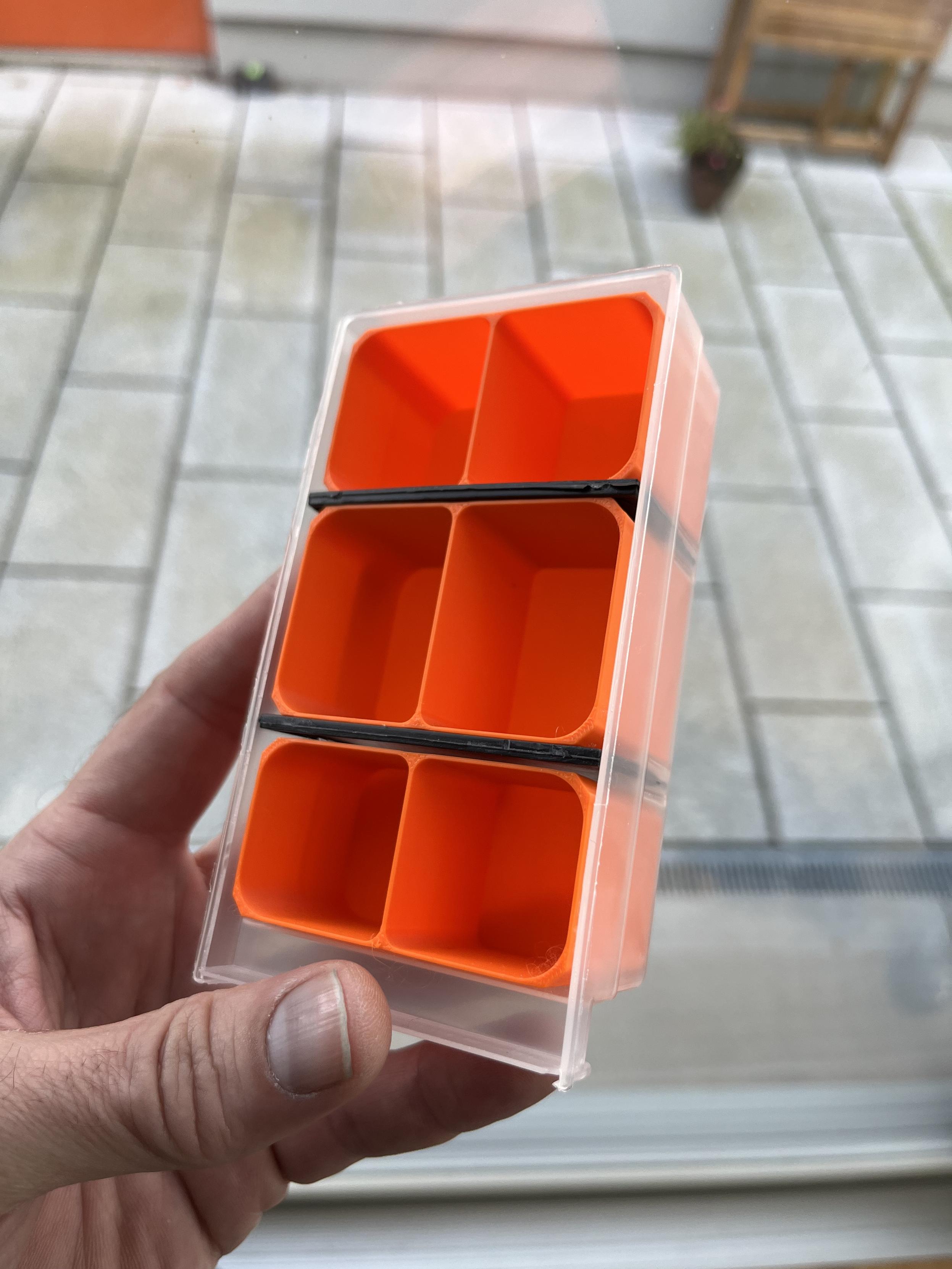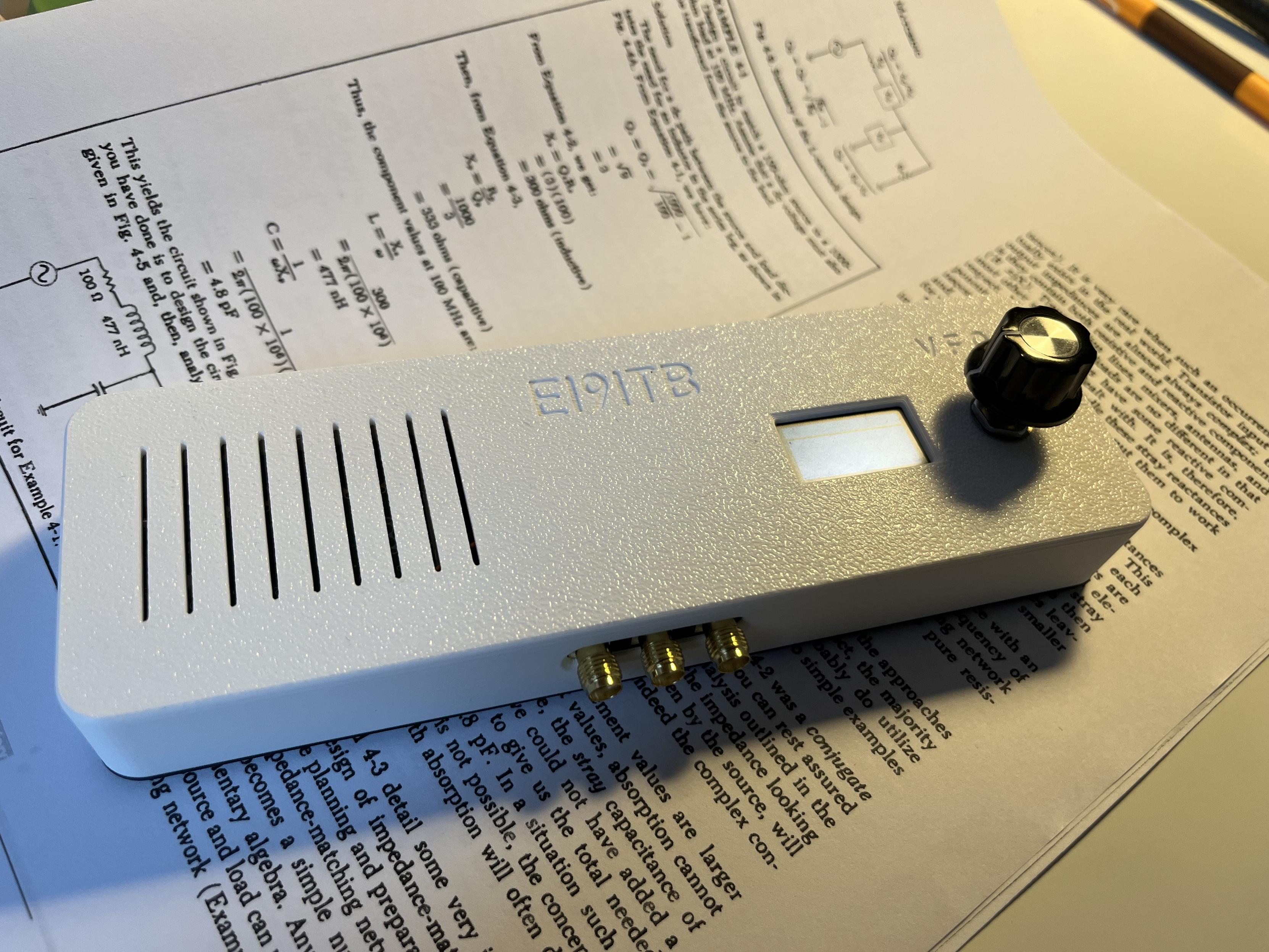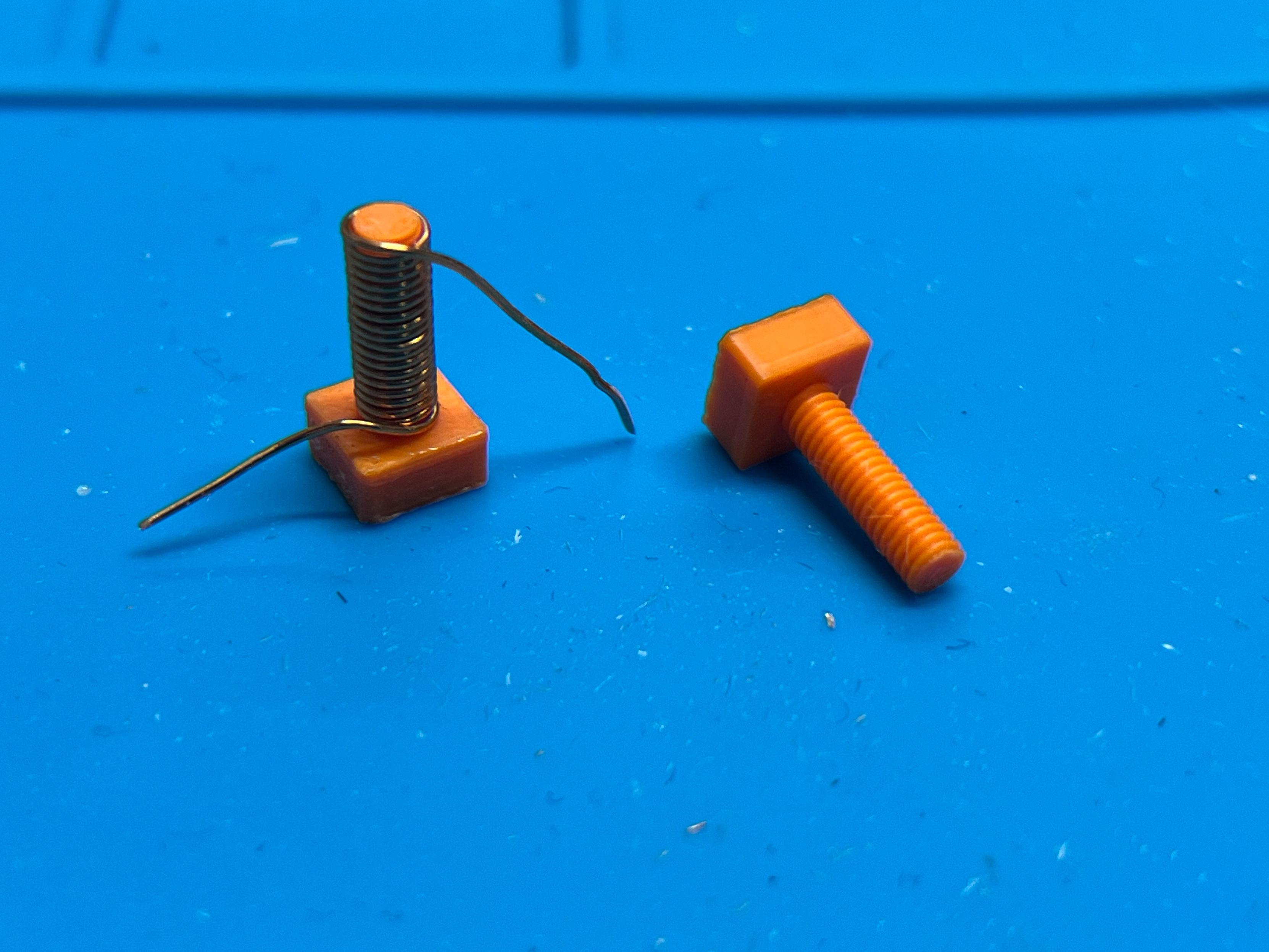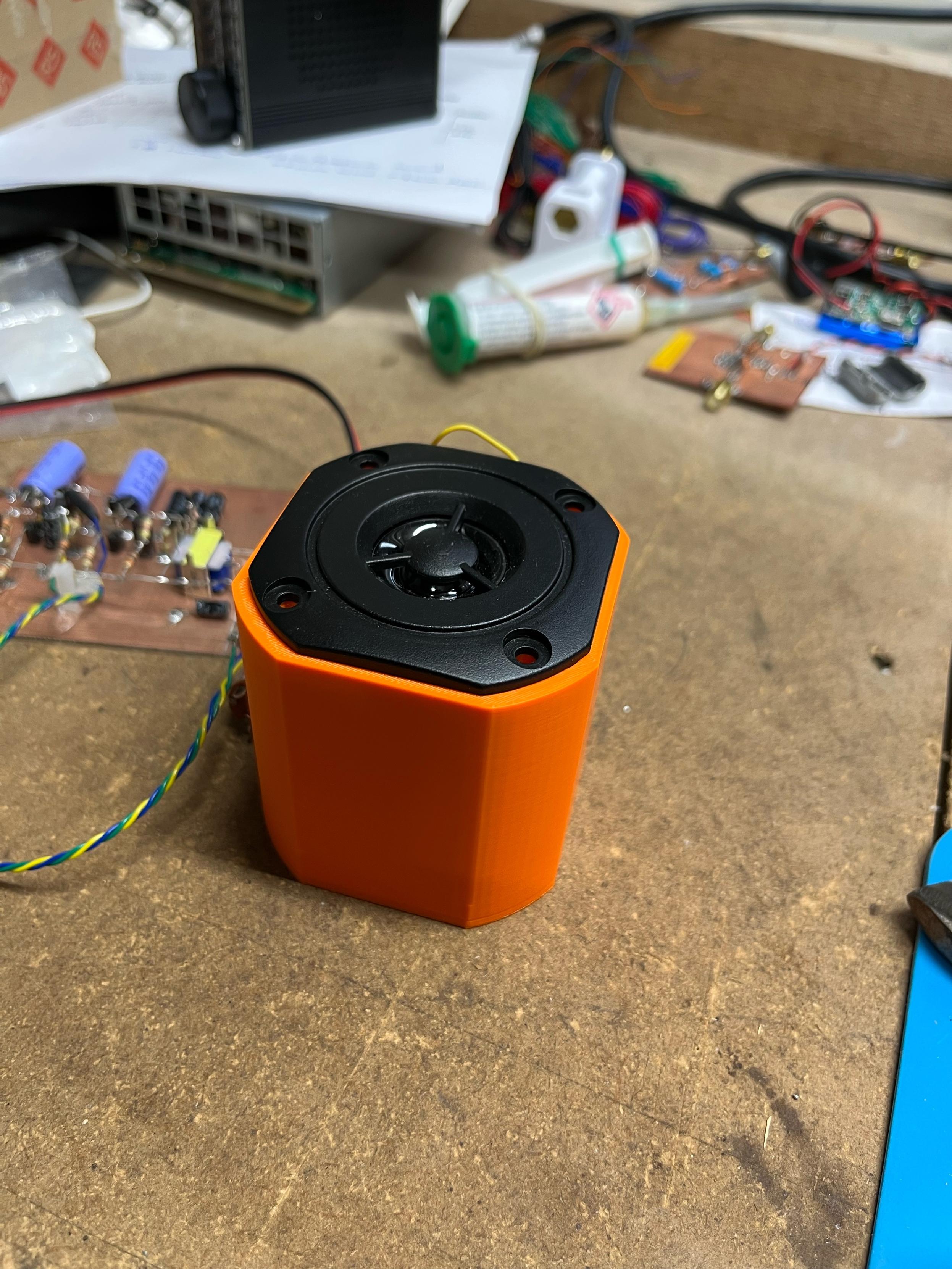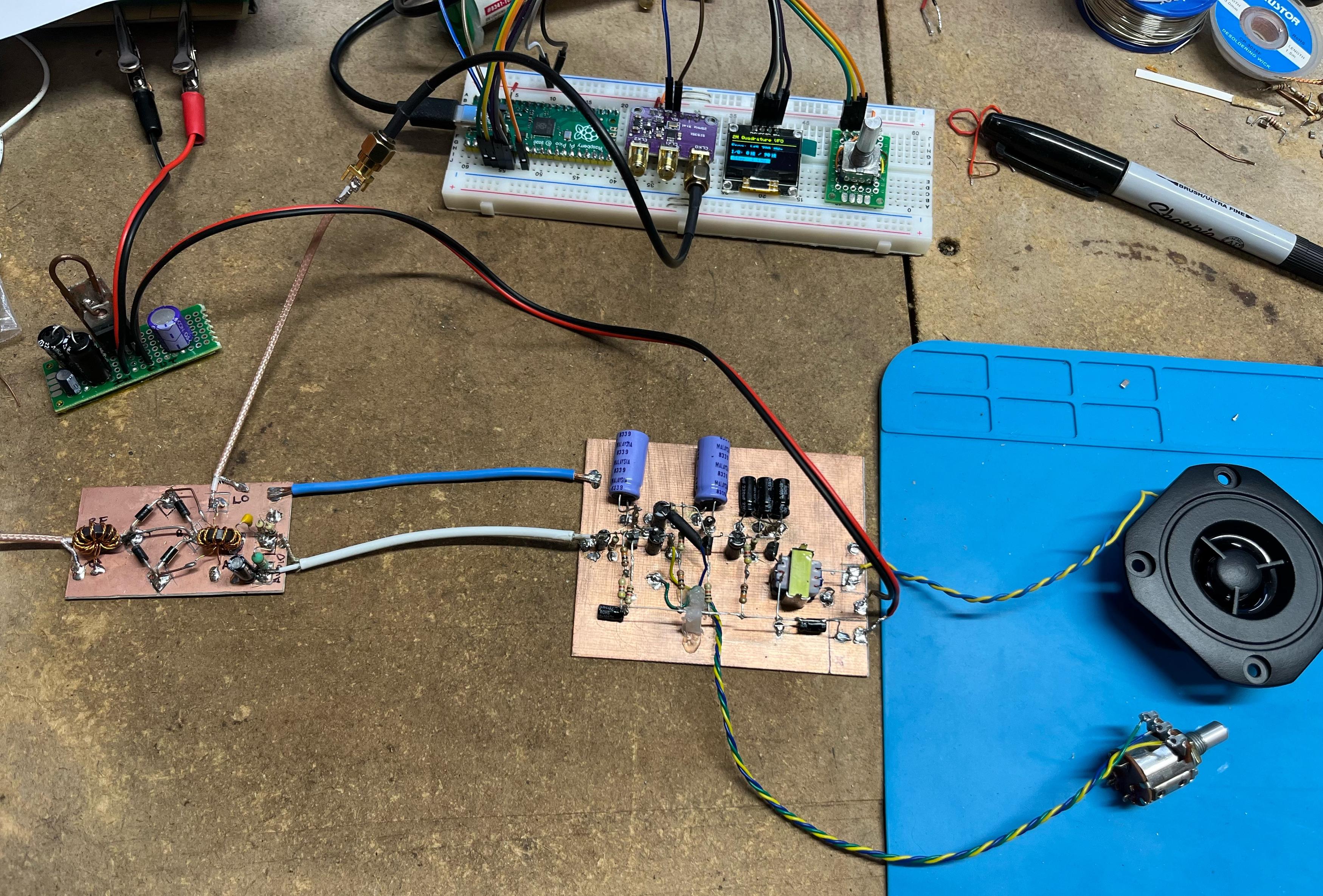Shipping notices from Mouser are always a little joy in the Inbox. 😊 #HamRadio #AmateurRadio
I got 90 of these quite good looking 6W-capable UHF MOSFETs for really really cheap and am looking forward to learning to build something with them. They are EOL, but with that many of them I should be able to do all the projects I'll want to do for quite some time.
https://www.renesas.com/en/document/dst/2sk3390-datasheet
They are being held for me in the US and so I need to arrange to get them sent over here. I have plenty of work to do first, though.
Here’s my BFR193 based discrete component audio amplifier. It does about 85dB of gain from two BFR193 transistors and one 2n3904. It’s pretty quiet for delivering all that gain. It’s derived from the Soldersmoke direct conversion receiver amplifier but with a lot of improvements, feedback, and different transistors and bias scheme. It will go into my next radio. I built it partly surface mount and partly with through hole in Manhattan style. Very happy with this! #HamRadio #AmateurRadio
Using BFR193 RF transistors in an audio amp introduces some interesting behavior! They will happily pick up stray high frequency (they are good to 2GHz) RF from even very short wires and amplify it quite a lot. I am running the first stage at nearly 35dB of gain at audio frequencies. When this UHF RF is damped, however, they are very quiet and sound very good. Quite a lot quieter than the general purpose transistors I previously used! #HamRadio #AmateurRadio
I'm designing a discrete component audio amplifier to stand in for the one from the Soldersmoke DCR for my next radio build. The original is intentionally simple, to make understanding it easy. That makes sense.
Mine is less simple but still only 3 transistors. I'm using two BFR193s and a 2n3904. It is derived from the Soldersmoke design, so it's still single-ended, with an audio transformer. It does 85-90dB of gain (much more!) with flatter audio frequency response. #HamRadio #AmateurRadio
The Ethernet transformer mixer with 1N4148 diodes works great! There’s a contest on 40 today and I have heard Italy, Spain, Russia, Germany, Britain, Belgium, the Netherlands, Switzerland, and Sweden on this radio with that mixer in the last hour. My transformer package contains two sets of transformers. Here I’m using only one set. But for a superhet radio you’d have two mixers worth in a small package. #HamRadio #AmateurRadio
I designed and 3D printed some subdividers for my Lidl storage drawer set so that I can put a lot of small components in there. Very happy with this! #HamRadio #AmateurRadio
If you are building your own radio stuff, this looks like a pretty darn great deal on a (5 pack of) 6W-capable UHF MOSFET:
https://theelectronicgoldmine.com/products/g28282
Ship to limited countries, be warned.
I got a much better video of my direct conversion receiver listening to SSB, after band conditions improved.
Very pleased with this radio! #HamRadio #AmateurRadio
I got a good idea from PA0PHH that you can use cheap Ethernet transformers for RF mixer transformers. Man, they are cheap. I ordered 10 for €8.25 from Aliexpress. Each one has two sets, so one will do a whole mixer. Cheaper than toroids and no faffing with trifilar windings! I will give it a try when they get here. #HamRadio #AmateurRadio
I got my direct conversion receiver working! Band conditions are not amazing at the moment, but you can clearly hear the SSB I was listening to.
I designed and assembled a case for my Pi Pico/Si5351 VFO that makes it a lot easier and safer to move around on the bench. Good learning for my 3D printer skills. I am working on a knob design but for now using one that’s a little short. That OLED is blue/yellow and looks good. #HamRadio #AmateurRadio
I finally assembled my Soldersmoke DC Receiver last weekend but it was not working well. I spent the week debugging. I could receive CW well but not SSB. It is very garbled. I swapped around some parts and tracked the problem to mixer build!
Today, I built a drop-in ADE-1 based mixer to test... and 💥 beautiful SSB. So I have to debug my mixer. I have a little oscillation in the audio amp, but here's a video showing how good it sounds when right #HamRadio #AmateurRadio https://youtu.be/Rvzcj72Q8lc
If you’ve seen my toots about the Soldersmoke direct conversion receiver and wondered what that was about, the Soldersmoke podcast guys put out this video this week that gives a great summary. You might like it #HamRadio #AmateurRadio https://youtu.be/5pLHBWkNxmM?si=r5xWiVFbFRDQBOge
I finished the last board of the Soldersmoke direct conversion receiver today: the 40m band pass filter. Only, I didn’t have the specified type 6 toroids. I had T68-2s, though. In the end I ended up designing my own 40m band pass filter with totally different values. Took me all afternoon, but I ended up with a very solid result! Very low loss, acceptable match.
Look at those big Soviet trimmers in there. Tested them with the NanoVNA and they are very close to spec. #AmateurRadio #HamRadio
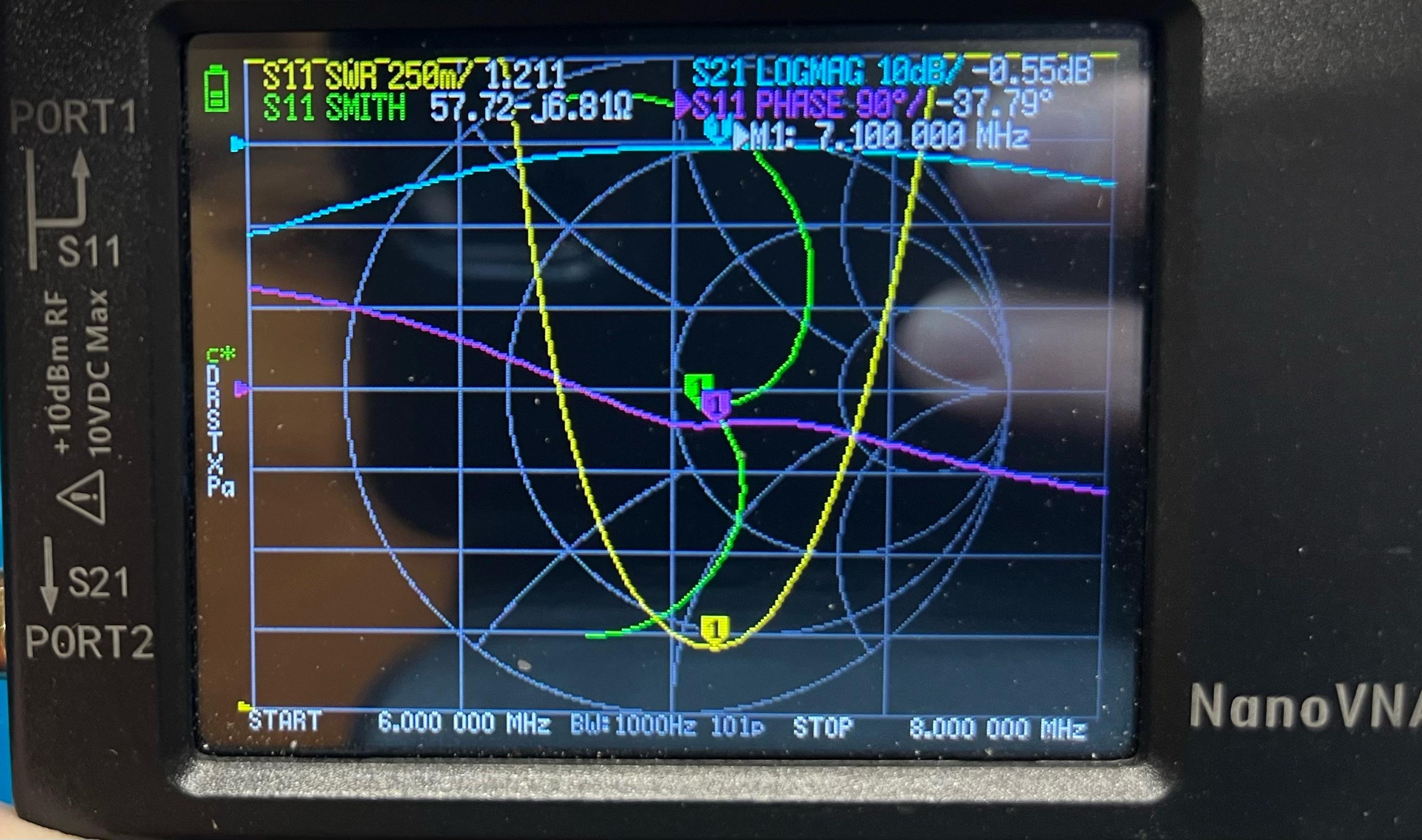
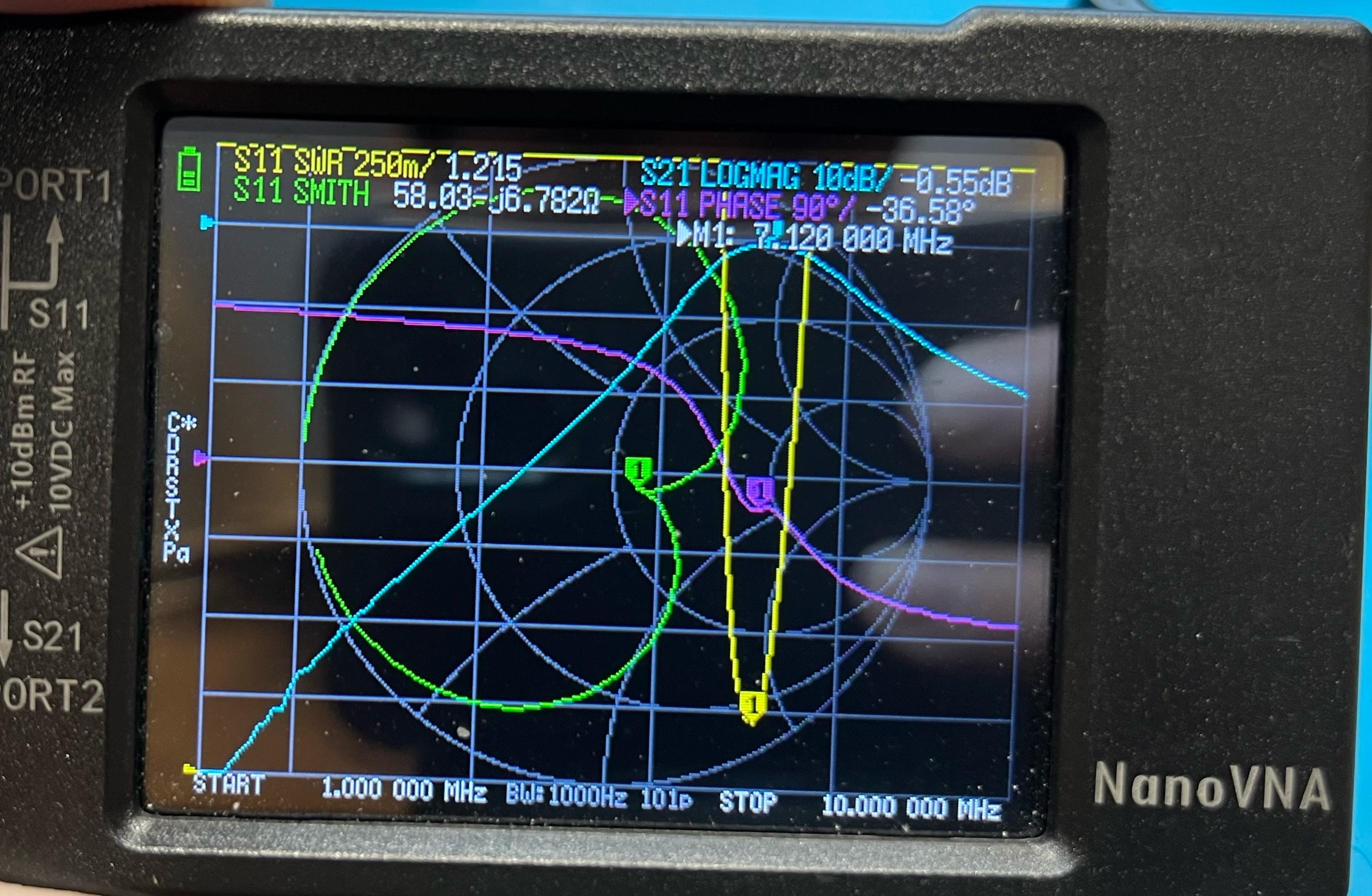
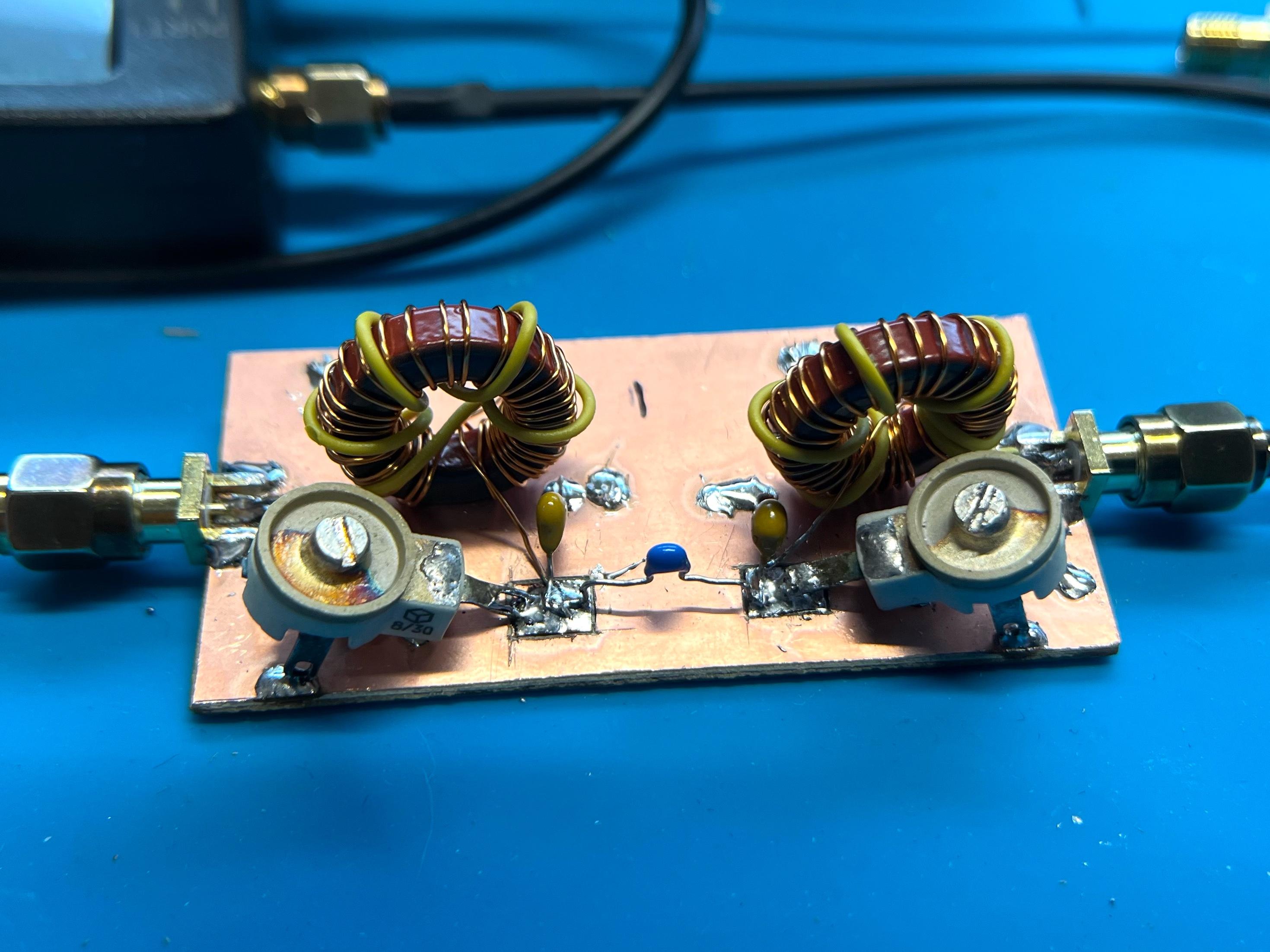
I had an idea… I saw 3D printable coil formers for antenna coils. VU2ESE used printed forms for the Daylight transceiver.
I started to think about the tiny PITA coils I made for my VHF amplifiers. So, I designed and printed a few of these little guys and am going to test these out tomorrow with the NanoVNA! These will be nanohenry ranges.
I may do one that lays down and has blocks on both ends as 2nd trial. These might seriously improve my life for small inductors.
That actually worked pretty well. Self-made card edge adapter for HP ham shack power supply. Soldering down those slots a little tough but was able to get a good solder joint along about an inch of wire on each side. Fits nice and tight so it won’t come off. Need a little more clearance for the resistor soldered on the left. Otherwise good. #electronics #HamRadio #AmateurRadio

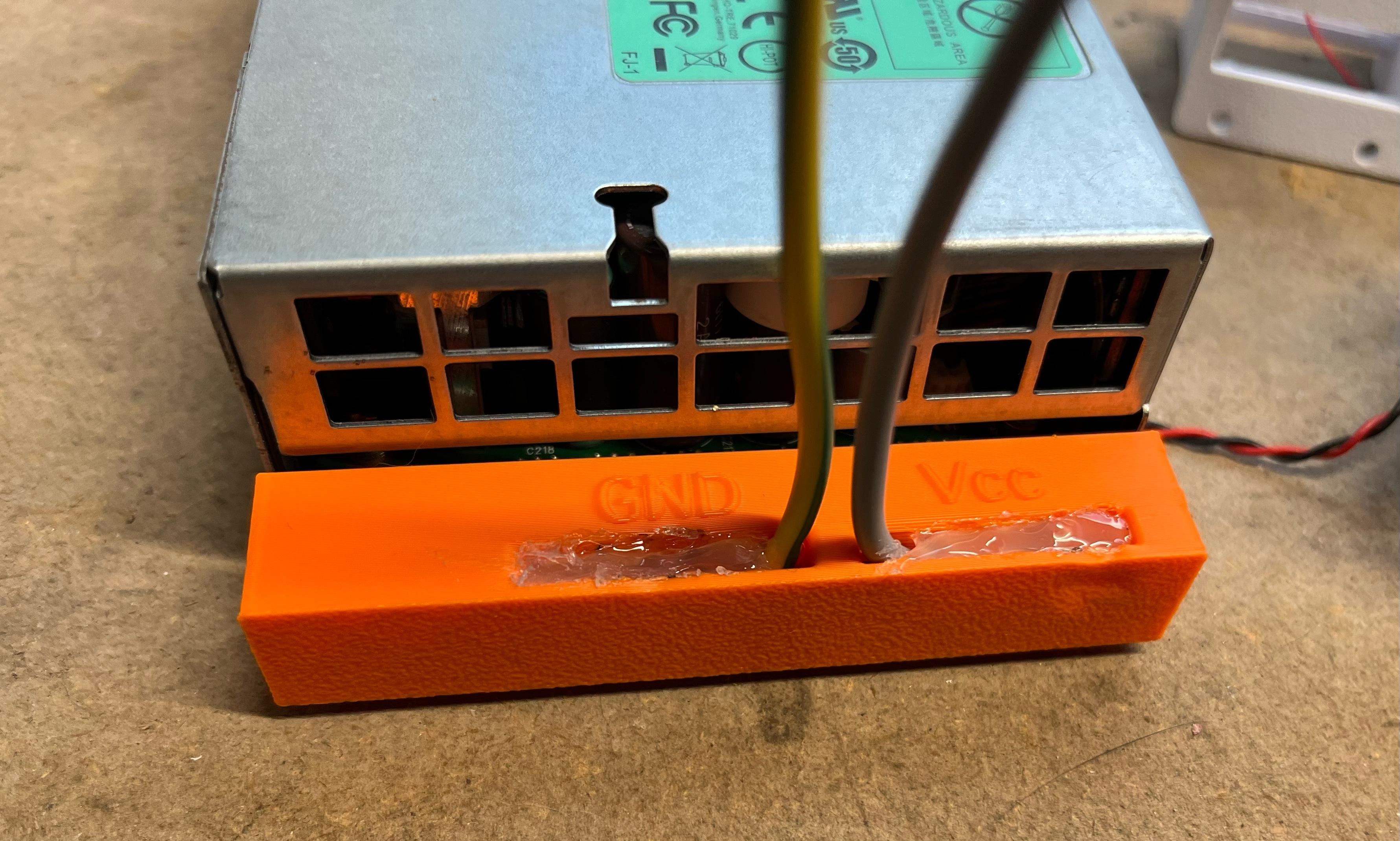
My first self-designed 3D print worked out awesome. It’s a case to mount the speaker I bought for the Soldersmoke direct conversion receiver project. Very happy with this. That’s the audio amplifier board and soldering supplies in the background. #HamRadio #AmateurRadio
Mixer and audio amp work! Don’t have the rest of the Soldersmoke direct conversion receiver done yet. But I used the digital VFO for my 2m radio homebrew project to feed the LO port on the mixer. Used my 2m FM HT to give some signal toward the exposed end of the coax. At first I heard just screeching. Then realized one side of one toroid was backward phase. Fixed that and could hear myself on the speaker! 🔊 #HamRadio #AmateurRadio
At IRTS Hamfest in Mullingar yesterday, I picked up these two (working) Yaesu 80s era linear amps for €15 ea. They do 10W with maximum 1.5W in. The 2m version is all discrete components inside while the 70cm uses a Mitsubishi RF module. The 2m will be perfect to run as the power stage for my 2m homebrew project if I get that completed. Had never seen these before and think they’re pretty cool. Seemed like a great price. #HamRadio #AmateurRadio.
